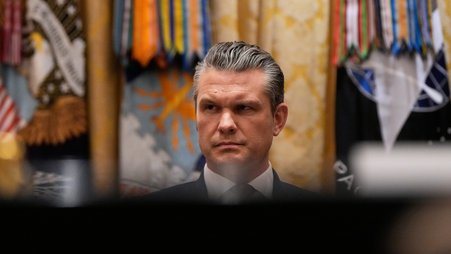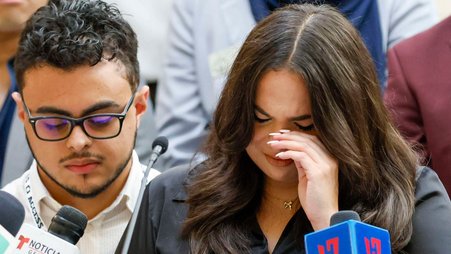
A judge in California granted a motion, filed by a middle school teacher accused of sexual abuse, seeking to prohibit journalists from contacting people who submitted letters of support on his behalf. The letters were publicly filed with the court. No media outlet was accused of illegality of any kind.
Restricting future speech (as opposed to punishing unlawful speech after-the-fact) is a prior restraint, long considered the “quintessential First Amendment violation.” Nonetheless, prior restraints often fly under the radar where, as here, judges include them in innocuous seeming “confidentiality orders.” Many media outlets do not have the resources to fight these orders, so their obvious unconstitutionality becomes academic and journalists comply rather than risk arrest.
The California judge entered the order without notifying journalists, even though the public defender’s motion that prompted the order requested that “further unwanted contact by the press be ceased.” Instead, the order included an instruction to the parties to “advise those individuals to whom disclosure of the contact information has been made” of the order. It is elementary that a court cannot tell non-parties what to do, especially without notice or a hearing, but the apparent intention was to intimidate the press into compliance despite the order’s invalidity under the First Amendment.
The public defender sent the order to several journalists, at least some of whom alerted FPF’s U.S. Press Freedom Tracker, publicized the ordeal on Twitter and got lawyers. Fortunately, those journalists are refusing to comply. Lawyers for the Bay Area News Group responded to the public defender by explaining that the Supreme Court has “without exception invalidated prior restraints” and is “particularly hostile to prior restraints that prohibit the press from reporting information disclosed in court proceedings or government records.”
The case is illustrative of the harms that occur when careless judges act as “rubber stamps” for government attorneys. It appears the order the judge entered was actually prepared by the public defender’s office. The motion, presumably to avoid raising a red flag, buried its request to restrain the press in its last substantive sentence. It is entirely possible that the judge did not even realize the Constitutional ramifications of his order because he perceived the request for a confidentiality order as routine. But thoughtless or inadvertent censorship nonetheless remains censorship.
Much attention is focused on the few high profile cases that reach the nation’s highest courts, but the legal system depends on the competence and diligence of everyday trial court judges to safeguard the Constitution. The Supreme Court recognizes that, during pre-trial criminal proceedings, “the absence of a jury, long recognized as an inestimable safeguard against the corrupt or overzealous prosecutor and against the compliant, biased or eccentric judge, makes the importance of public access…even more significant.” But Supreme Court pronouncements are of limited value if trial judges do not understand and adhere to First Amendment principles.
We commend the Bay Area News Group and its attorneys, Jassy Vick Carolan, for not caving after receiving an unlawful order. We hope any other journalists who received the order will similarly disregard it. But the risk remains — especially for those without access to lawyers — that they may not and that the quality of reporting will suffer.
More work is clearly needed to ensure that judges in the Bay Area and nationwide understand the protections that the First Amendment affords to journalists and that government requests to impinge on those protections are anything but routine.




